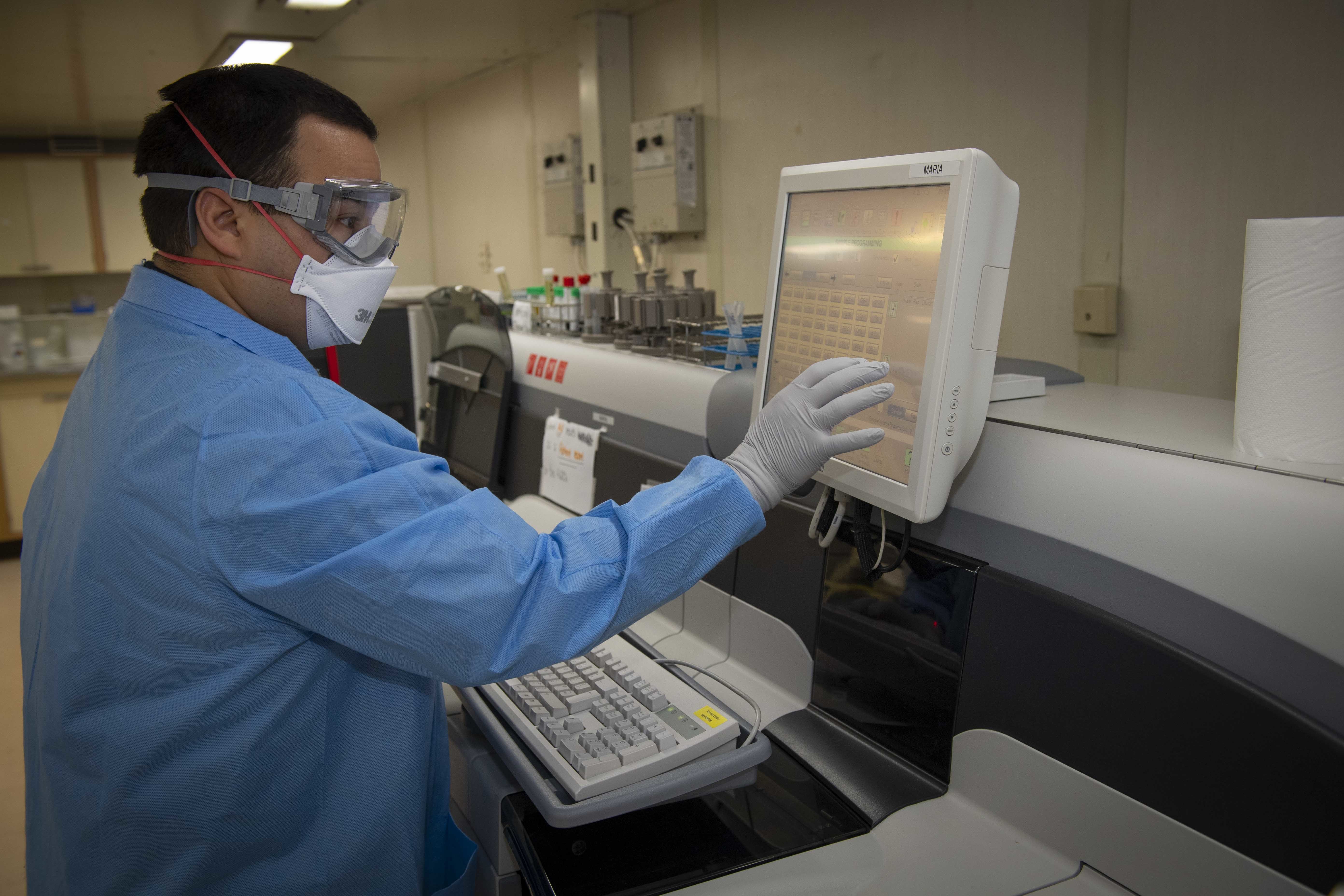 |
This is sublevel17 of my sandbox, where I play with features and test MediaWiki code. If you wish to leave a comment for me, please see my discussion page instead. |
Sandbox begins below
Title: What are the key elements of a LIMS to better comply with ISO/IEC 17025?
Author for citation: Shawn E. Douglas
License for content: Creative Commons Attribution-ShareAlike 4.0 International
Publication date: TBD
Introduction
This article will turn to LIMSpec—a laboratory informatics requirements specification document that has evolved significantly over the years—for input into what the base and specialty requirements of a LIMS are in regards to better complying with ISO/IEC 17025. With the current version of LIMSpec having at its core standards such as ASTM E1578-18 Standard Guide for Laboratory Informatics and ISO/IEC 17025 Testing and calibration laboratories, the LIMSpec makes for a durable requirements document that, when used to acquire an informatics solution, can better help a laboratory choose appropriate functionality based upon current standards, regulations, guidance, and more. In particular, this article will look at the touch points of ISO/IEC 17025 with LIMSpec and highlight their importance.
But before we get into specific requirements, let's take a brief look at the connection between a laboratory informatics solution like a laboratory information management system (LIMS) and managing quality in the laboratory.
LIMS and quality management
ISO/IEC 17025 and its connection to various LIMS requirements
| Table 1. ISO/IEC 17025:2017's parts that relate to and drive LIMSpec requirements.
|
| ISO/IEC 17025:2017 part(s)
|
Associated LIMSpec requirement
|
In plain terms ...
|
| ISO/IEC 17025:2017 7.3.3
|
1.9 The system shall be able to define the collection and sampling details for registered samples or specimens, including container size and type, number of containers, collection date and time, temperature, name of the collector, lot number, storage location, preservation method, collection methods used (standard and nonstandard), sampling methods used, safety concerns, and retention period.
|
|
| ISO/IEC 17025:2017 7.4.2
|
1.13 The system shall assign each sample registered in the system a unique identifier using methodologies such as an ID with an incrementing integer or a user-defined naming format.
|
|
| ISO/IEC 17025:2017 7.4.3
|
1.16 The system should provide a means to document any undesirable or unexpected characteristics of a submitted sample.
|
|
| ISO/IEC 17025:2017 7.4.2
|
2.8 The system should allow for the accurate identification of a physical sample or specimen in the system via barcode or RFID technology.
|
|
| ISO/IEC 17025:2017 7.7.2
|
2.11 The system shall allow samples, specimens, and tests to be created and used specifically for capturing data related to unique forms of sampling and testing such as representative sampling, calibration testing, quality control testing, preventative maintenance testing, stability testing, sterility testing, remediated testing, compatibility testing, identity testing, proficiency testing, and service-event-related testing.
|
|
ISO/IEC 17025:2017 6.2.6
ISO/IEC 17025:2017 7.7.1
ISO/IEC 17025:2017 7.8.1.1
|
4.4 The system shall provide one or more levels of review, as well as interpretation and documentation of results—whether entered manually or via an automated process—before release.
|
|
|
|
|
|
|
|
|
|
|
|
|
|
|
|
|
|
|
|
|
|
|
|
|
|
|
|
|
|
|
|
|
|
|
|
|
|
|
|
|
|
|
|
|
|
|
|
|
|
|
|
|
|
|
|
|
|
|
|
|
|
|
|
|
|
|
|
|
|
|
|
|
|
|
|
|
|
|
|
|
|
|
|
|
|
|
|
|
|
|
|
|
|
|
|
|
|
|
|
|
|
|
|
|
|
|
|
|
|
|
|
|
|
|
|
|
|
|
|
|
|
|
|
|
|
|
Conclusion
References










